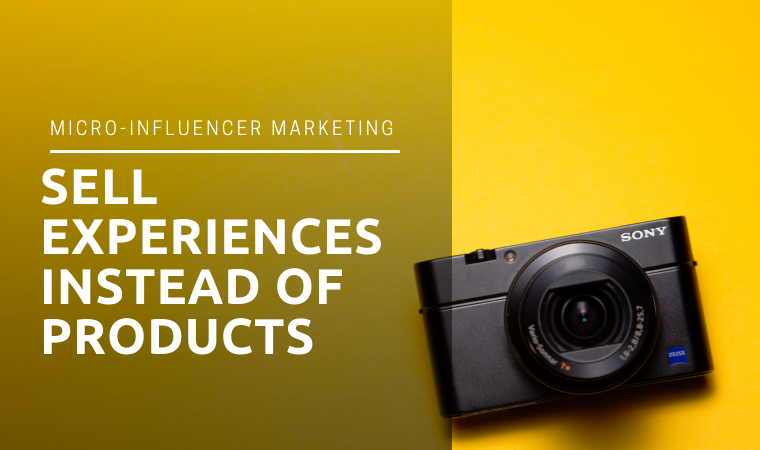Influencer marketing is all the rage. Yes, all brands wish Kim Kardashian West, The Rock or Beyonce could be seen using their products, but the reality is that companies of all sizes are teaming up with micro-influencers with dedicated followings for small-scale collaborations. Is micro-influencer marketing right for your brand?
What is a micro-influencer?
Unlike a celebrity with social media followings in the millions, micro-influencers are individuals who share content that pertains to their interests, including food, beauty, travel or wellness. This type of influencer has a following that ranges from a few thousand to tens of thousands.
If you are basing your marketing strategy around influencers with the highest follower count, you might want to reconsider. More important than the size of the audience is how engaged they are, which can correlate with how likely an influencer’s followers are to buy a product or visit a website from a single post. Influencers with massive followings typically have low engagement rates, thanks in part to new social media algorithms which changes how people see content.
Identifying Micro-influencers
No matter which industry your organization is in, there are plenty of potential brand ambassadors who could be interested in telling your story. Before doing countless social media searches or purchasing pricey tools that can geolocate everyone who is talking about #Foodporn or #SelfCareSunday, check your brand’s social media channels to identify followers who share the same values as your company and might already be talking about your brand.
Just like you wouldn’t go up to a stranger at a cocktail party and start rattling off your LinkedIn resume, brands need to establish relationships with influencers before forming a partnership. Once you’ve identified the influencers you want to work with, connect with them, compliment them on their content, and explain why they would be a great fit.
Working with Micro-Influencers
The cost of working with brand ambassadors is minuscule compared to paying a celebrity to hawk your product. Many influencers, including those who are still emerging, will be receptive to an in-kind payment instead of a pay-to-play contract. Sending an influencer a free product or arranging for a hotel visit and free meal is more than enough to ensure they have content to write about their experience on social media.
Show me the Money ROI
More than a third of marketers surveyed planned to increase their influencer marketing budget in 2018. On the flipside, determining the return on investment of such a program continues to be a top challenge. Before embarking on such an endeavor, a brand must identify why they are establishing a program. Do they want to sell more products? Are website visits and social media followers of importance? Marketers can use a variety of key performance indicators to evaluate the success of a micro-influencer program, including product sales, engagement rate, clicks and conversions.
Influencers already have an established relationship with their followers through posts and stories. Brands must remember that they are selling experiences and a lifestyle instead of individual products. What better way to connect with potential customers than with someone who, along with their audience, might use their services.
You don’t have to be a Fortune 500 company or a top corporation to work with micro-influencers. The beauty of their size is that any organization can work with these influencers to grow their brand.
